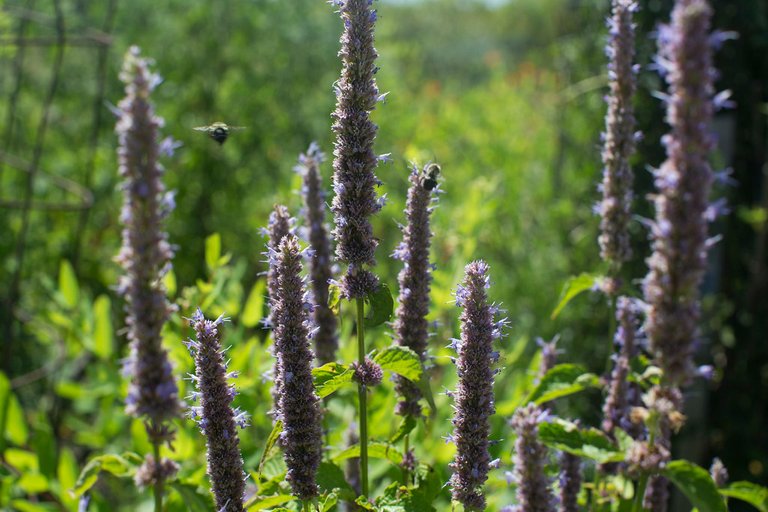Nurturing Resilience: How Microbes Hold the Key to Drought-Resistant Crops
I planted chili some weeks back and they are doing fine but then, I forgot to water them yesterday and since we are have a dry weather in Nigeria here, the leaves started to wither. When I saw this, I immediately watered the pot where the plants were grown, and in few hours the leaves were back to normal like nothing happened.
The incident with my chili plants got me thinking about the broader impact of climate change on our lives, even extending to our dinner tables. The dry weather is affecting crucial crops like maize/corn, wheat, rice, and barley, raising concerns about food security. While scientists are exploring genetically modified plants as a solution, there's another avenue to address this challenge: soil microbes.
It is no doubt that when there is drought, there can be damages to plants but the damage caused will not go away when water comes back, so this can be very troubling and with this, even a short term drought can have long term consequences. During the period of drought, the leaves will shrivel up and is unable to perform photosynthesis and at the end, this will affect the fruits to be produced and this will affect feeding, but how can this be solved, how can plants survive drought with microbes asides from genetic modification.
Microbes that live in or around plants are known as plant microbiome. These microbiomes can be bacteria, fungi, and algae. Similar to what we know as microbiomes which are microbes that live with us and are part of our body floral, plants have the same, and these ones live both on and around the plant. These microbes are responsible in helping plant grow as they perform lots of functions such as helping to turn Nitrogen to other forms that can be used by plants, and they also help to transport certain nutrient to the plant. While these microbes do this, some microbes releases compounds that play a major role in drought resistance.
Some microganisms release enzymes that regulate the growth of plants, as they impact energy metabolism, increase photosynthesis, boosting the antioxidant system in plant, lower level of ethylene which is released in stressed plants, Exopolysaccharides which provides structure to biofilms in the root of plants which help them to keep water. These microbes perform this activities when plants are in dare need of them such as during drought.
With these abilities with drought resisting microbiomes, scientists are looking into how they can be harnessed to help food producing crops grow even during drought. In 2017, Alhagi Sparsifolia Shap. which is found in desert plants and added it to the soil where wheat was planted, and decided not to add water to the plant for about a week. It was shown that the plant leaves did not have much leaves curling, but they had longer roots, more chlorophyll, sugar, increased weight and height. Which proved that the bacteria was contributing to water tolerance in the plant and growth enhancement of the plant.
While the full potential of harnessing plant microbiomes for drought-resistant crops is still in exploration, researchers are actively working on understanding and utilizing these microbial communities. A 2015 study on growing peppers with microbiomes from grapevines showcases early successes. The next frontier involves exploring the integration of these microbes into fertilizers for soil application, offering a promising avenue for cultivating resilient crops, even in dry weather.
The exploration of plant microbiomes as a tool for drought resistance opens exciting possibilities for sustainable agriculture and providing food.The ability to harness the power of microbes, will help pave the way for resilient crops that can weather the challenges imposed by climate change and ensure a more secure food supply in the future.
Read More
https://www.ncbi.nlm.nih.gov/pmc/articles/PMC7911879/
https://www.cgiar.org/innovations/climate-smart-maize/
https://www.sciencedirect.com/science/article/pii/S2666916121000190
https://www.ncbi.nlm.nih.gov/pmc/articles/PMC5269684/
https://pubmed.ncbi.nlm.nih.gov/24571749/
https://link.springer.com/protocol/10.1007/978-1-4939-7136-7_4
https://www.pnas.org/doi/full/10.1073/pnas.1717308115


Thanks for your contribution to the STEMsocial community. Feel free to join us on discord to get to know the rest of us!
Please consider delegating to the @stemsocial account (85% of the curation rewards are returned).
Thanks for including @stemsocial as a beneficiary, which gives you stronger support.